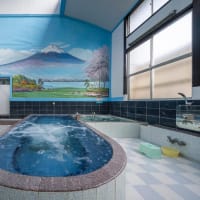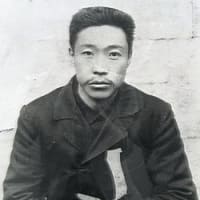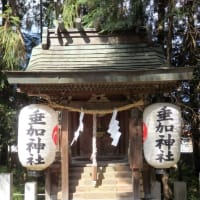
日本の【伝統工芸品】(1)
There is an English translation at the end of the Japanese sentence
◆日本伝統の染色(染物)とは?
染色と染物の意味は異なり、ここでは日本における染色と染物について、お話していきます。
○染色と染物の違い
日本における染色とは、糸や綿・麻などの生地に染料を染み込ませていく技法のことで、無地染めや型染め、手染めなど、染め方によって染色の技法が変わってきます。
染料には、天然染料と化学染料を使用しますが、この染料の違いで仕立てが変わります。
一方、染物とは染めた布のことを指します。
一般的に日本では、布を織ってから染色する後染めをした織物を「染物」と呼び、白生地から様々な技法を用いて染めていきます。
着物の染めの種類には、友禅染め、ろうけつ染め、型染め、絞りなどがあり、着物になった時には、値段も大きく違ってきます。
つまり、染色とは技法のこと、染物とは染められた生地のことを指します。
ーーーーーーーーーーーー
Japanese [Traditional Crafts] (1)
◆ What is traditional Japanese dyeing?
The meanings of dyeing and dyeing are different, and here we will talk about dyeing and dyeing in Japan.
○ Difference between dyeing and dyeing
Dyeing in Japan is a technique of impregnating fabrics such as threads, cotton, and linen with dyes, and the dyeing technique varies depending on the dyeing method, such as plain dyeing, pattern dyeing, and hand dyeing.
Natural dyes and chemical dyes are used as dyes, but the tailoring changes depending on the difference between these dyes.
On the other hand, dyeing refers to dyed cloth.
Generally, in Japan, woven fabrics that are dyed after weaving are called "dyed fabrics", and white fabrics are dyed using various techniques.
There are various types of kimono dyeing, such as Yuzen dyeing, batik dyeing, tie dyeing, and squeezing, and when it comes to kimono, the price will vary greatly.
In other words, dyeing is a technique, and dyeing is a dyed fabric.
#日本の伝統工芸品染色染物




















※コメント投稿者のブログIDはブログ作成者のみに通知されます